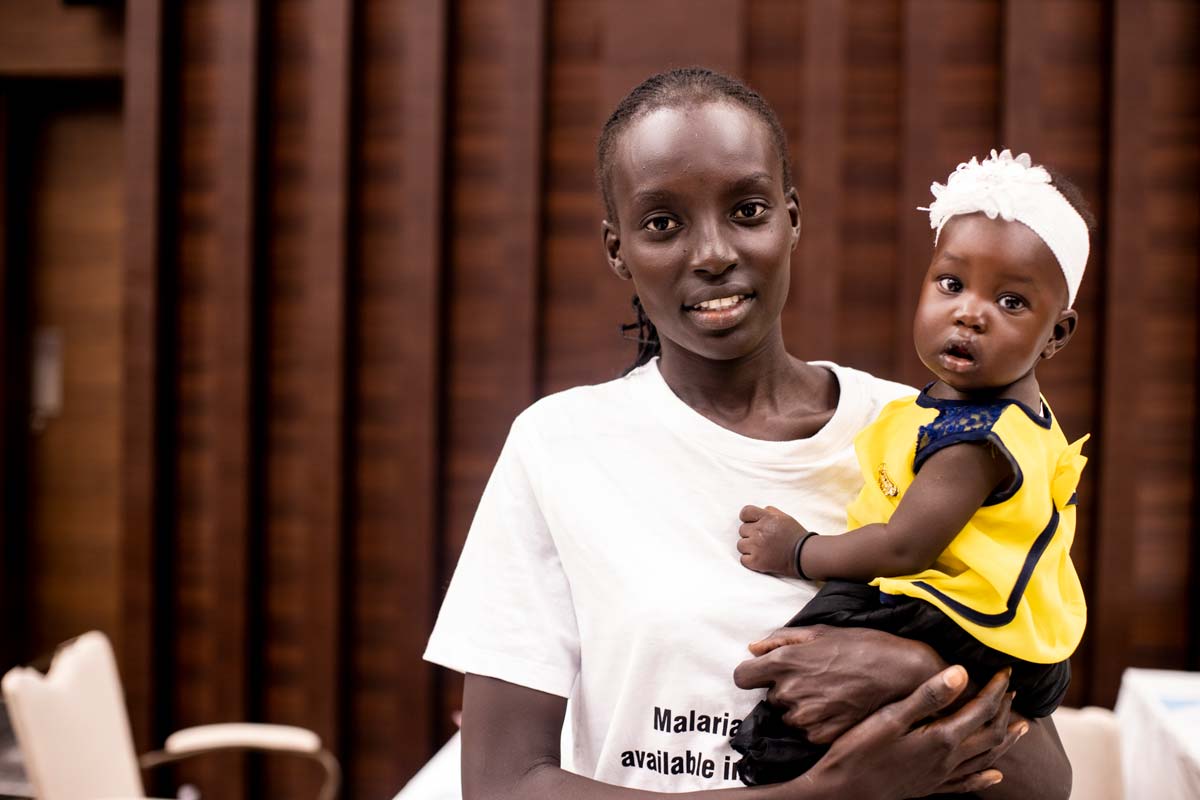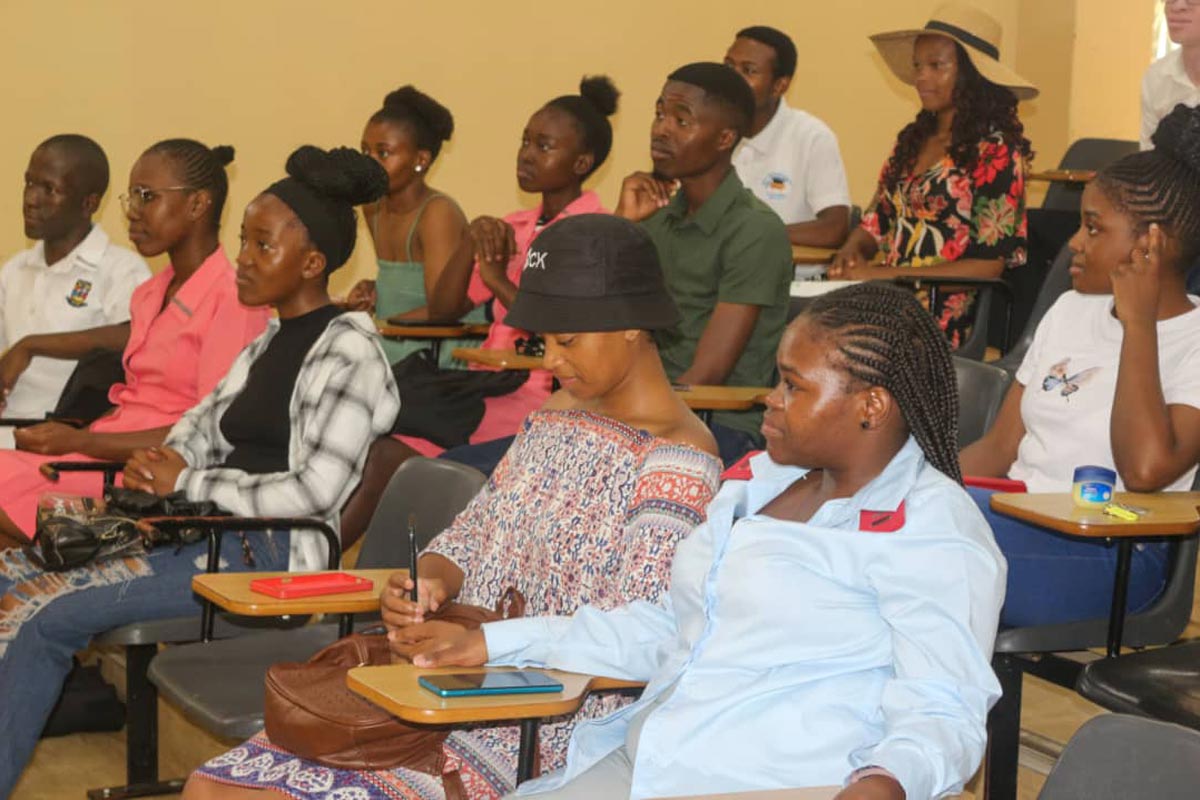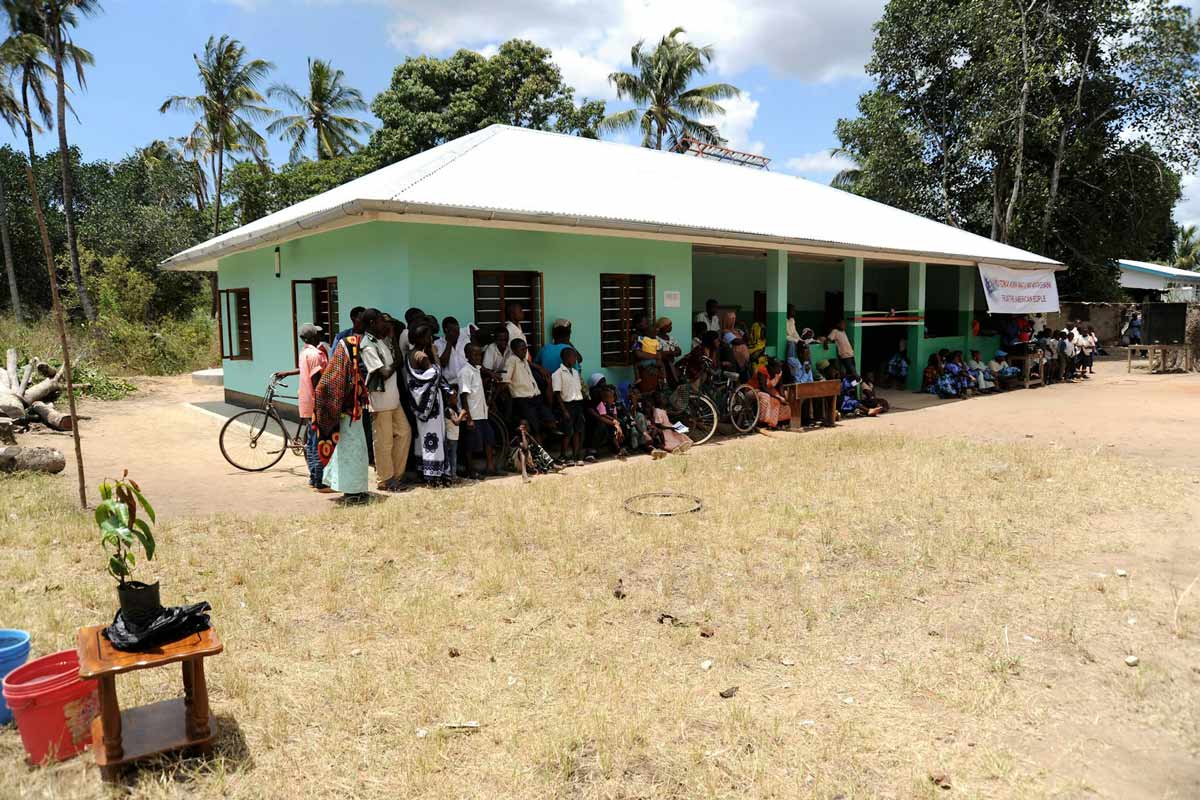4 things you need to know about how vaccines are fighting malaria
A new Gavi report analyses how the roll-out of this revolutionary new vaccine is panning out in countries across Africa, and how we can maximise its impact in the future.
- 25 April 2025
- 4 min read
- by Priya Joi

Just over a year ago, Cameroon became the first country to introduce the revolutionary new malaria vaccine into its childhood immunisation programme, provided to children free of charge across the country.
A new Gavi Insight Paper offers an analysis of the successes and challenges faced in delivering these vaccines in the months since, and what Gavi is doing to increase access to these life-savers. Here are four key points from this paper.
1. The potential of malaria vaccines
In 2023, the number of estimated cases worldwide rose by 11 million to 263 million, while deaths fell slightly from an estimated 600,000 to 597,000. African countries – especially their children under five years – bear most of the burden of malaria. Countries in the WHO African Region accounted for 94% of cases and 95% of deaths in 2023.
The World Health Organization (WHO)’s recommendations of RTS,S, the first vaccine for a human parasitic disease, in 2021, and then of the R21 vaccine two years later, offered another weapon in our ancient fight against this disease.
Gavi is calling for donors worldwide to invest US$ 9 billion in its next five-year period, which includes funding malaria vaccines. A fully-funded Gavi can give 50 million children access to these life-savers by 2030.
Since the first introduction in January 2024, more than 20 million doses have been delivered to 20 countries. Gavi predicts that immunising 50 million children against malaria during 2026–2030 could save more than 170,000 lives.
2. Vaccines need to be part of a cohesive antimalaria strategy
Malaria vaccines offer a huge benefit in protecting health, but studies show they achieve the greatest impact when they are used alongside other interventions, including insecticide-treated bed-nets, indoor residual spraying, seasonal malaria chemoprevention, as well as effective case management and treatment.
This means that health systems in the areas where they are delivered need to be strong enough to deliver these other interventions alongside vaccines, as well as able to diagnose and treat cases of malaria when they emerge. Integration is key, for example handing out bed-nets when children are brought for their routine immunisations.
3. Rolling out the malaria vaccine – the highs and lows
There have been many high notes in the malaria vaccine roll-out so far. As of April 2025, 25 countries have been approved for Gavi funding to support malaria vaccine introductions, of which 13 had been approved for further malaria vaccine scale-up. A total of 20 countries had introduced the malaria vaccine into their routine immunisation programmes, and a further 4 are planning to do so by the end of 2025.
However, while countries contributed a record US$ 215 million towards the co-financing of Gavi-supported vaccines in 2023, the turbulent global outlook means the vaccine will need to be prioritised in a challenging economic climate.
More than half of low-income countries are either experiencing, or at a high risk of, debt distress, and middle-income countries are also going through challenging fiscal times. In addition, vaccine misinformation, politics, conflict, workforce issues, geography and climate can all make it harder to roll out the vaccines.
4. Investment is urgently needed
After decades as a promising a research project for the future, we now have malaria vaccines that are safe, effective and available. Thanks to incredible efforts by countries across Africa, with support from Gavi and its Vaccine Alliance partners, today they are in demand, in use and saving lives. They are urgently needed.
The huge demand for malaria vaccine from parents in at-risk countries presents major opportunities to prevent deaths, reduce the burden of illness and improve lives in low- and middle-income countries.
However, achieving this will require investment. Gavi is calling for donors worldwide to invest US$ 9 billion in its next five-year period, which includes funding malaria vaccines. A fully-funded Gavi can give 50 million children access to these life-savers by 2030.
Funding malaria vaccination programmes encourages countries affected by the disease to invest in malaria control and protects global health security, while boosting the global economy in the long term.
Read Gavi’s new Insight Paper, Rolling out vaccines to beat malaria together, here.







